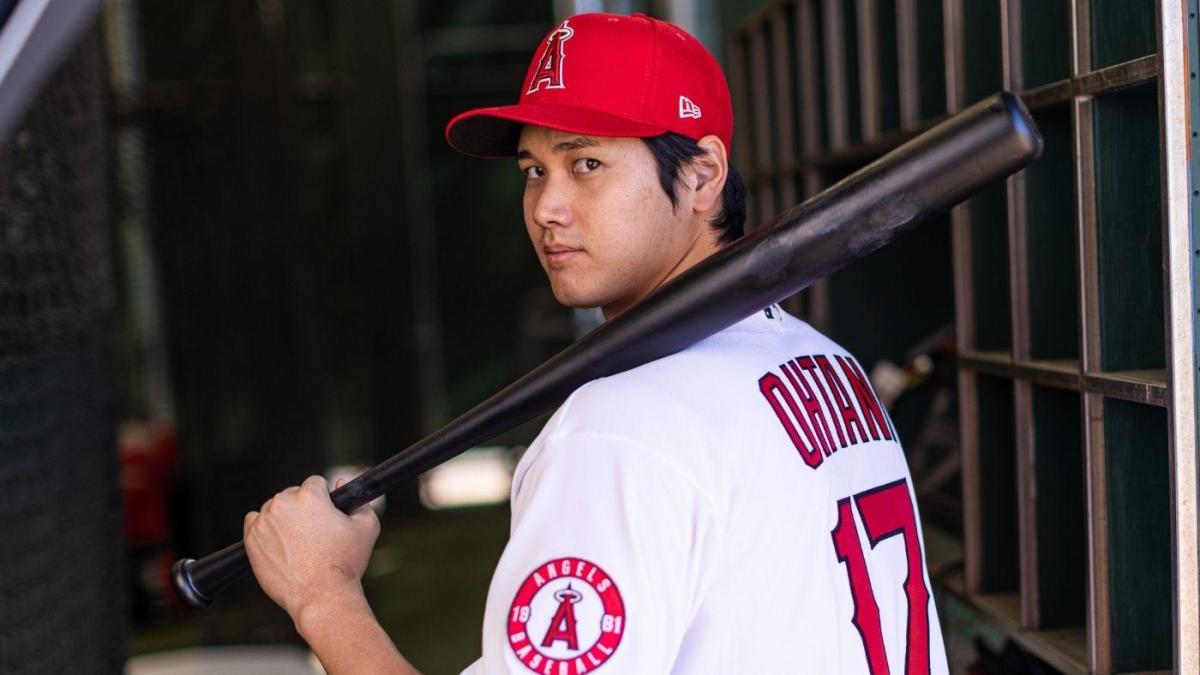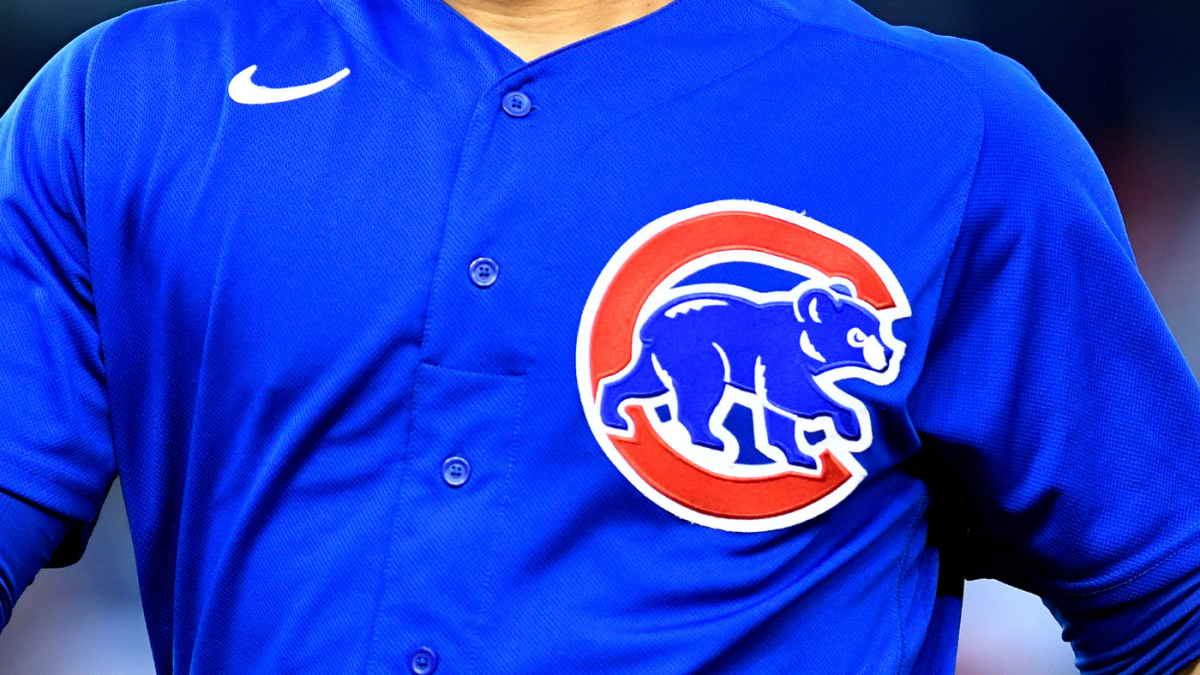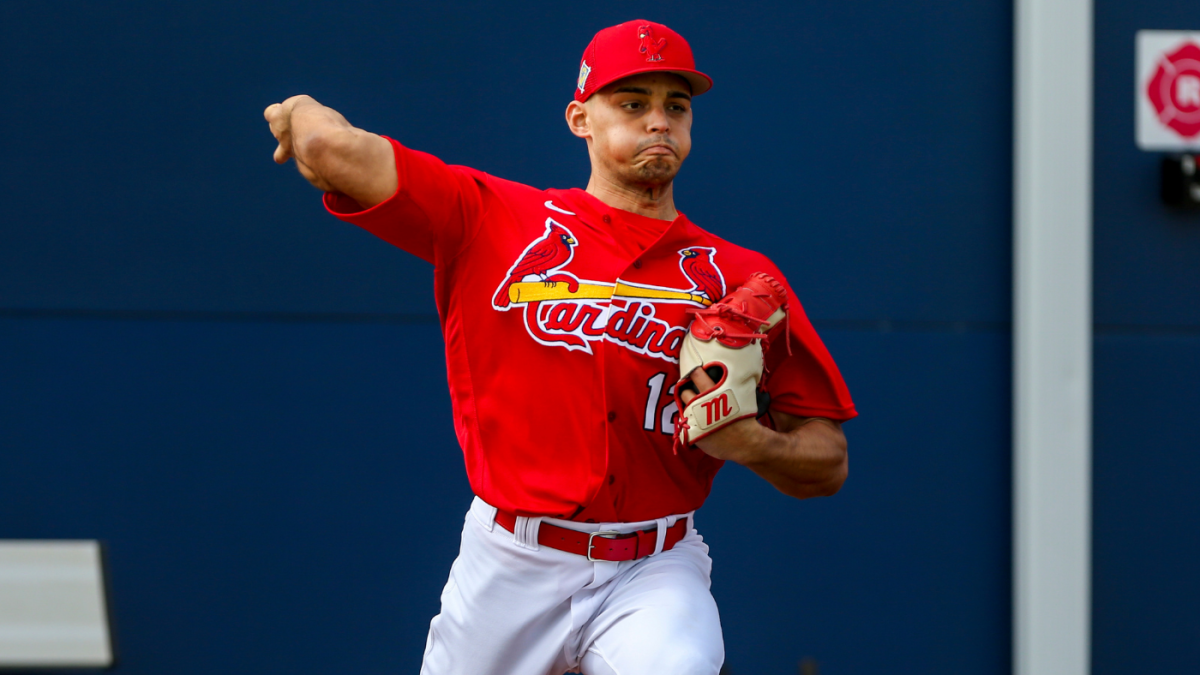Why Shohei Ohtani is worthy of Babe Ruth comparisons, and how he can set new standard for two-way players
Written by ABC AUDIO ALL RIGHTS RESERVED on April 7, 2022

One of the most attention-worthy stories heading into the 2022 Major League Baseball campaign will be what Angels two-way star and reigning AL MVP Shohei Ohtani has in store for an encore.
As any baseball fan knows quite well, Ohtani pulled off the two-way mastery last season, making the All-Star team both as a hitter and a pitcher. He threw like a frontline starter while putting up power numbers worthy of MVP consideration on their own merits.
And the name that kept popping up was one of baseball’s immortals: Babe Ruth.
Ohtani was doing a Babe Ruth impersonation! Only he was doing it in 2022, when the landscape was much more difficult for many reasons, integration being chiefly among them.
In all, Ohtani took 639 plate appearances while also working 130 1/3 innings in 23 starts. To perform so excellently in both endeavors with such a sample put Ohtani in rarified air in terms of baseball history.
Even if you went back into the era where pitchers routinely started 40-plus games per season, completed most of their games and hit for themselves, you won’t find that kind of dual workload. Walter Johnson, for example, was one of history’s greatest pitchers and a capable hitter for a pitcher (.235/.274/.342 in his career, good for a 76 OPS+). From 1910-16, he averaged 47 appearances, 38 starts, 34 complete games and 355 innings pitched per season. He still never logged 200 plate appearances in a season.
That portion of Johnson’s career was in the so-called “Deadball Era,” though. Let’s grab Lefty Grove, another all-timer, who pitched through the prolifically-offensive 1930s. He generally threw between 250-300 innings per season, completing over 20 games nine different times. Still, his career high in plate appearances in a season was 122.
Under the circumstances, those two should be example enough that seeing a starting pitcher receive a significant number of plate appearances is enough of a rarity that it’s fair to look at Babe Ruth with the Ohtani comparisons.
The interesting thing is, Ruth didn’t pull double duty that much in his career. There was overlap between him being a full-time pitcher and full-time right fielder, but it wasn’t much.
Ruth was essentially just a pitcher from 1914-1917. From 1920 through the end of his career (1935), he appeared in five games on the mound for a total of 31 innings. That leaves 1918 and 1919 when he was a two-way star. That’s it.
- In 1918, Ruth took 382 plate appearances, hitting .300/.411/.555 (192 OPS+) with 26 doubles, 11 triples, 11 homers, 61 RBI, 50 runs and six steals. He also was 13-7 on the mound in 20 appearances (19 starts) with a 2.22 ERA (122 ERA+), 1.05 WHIP and 40 strikeouts against 49 walks in 166 1/3 innings. His all-around game was good for 7.0 WAR, which was fourth in the AL behind Johnson, Stan Coveleski and Scott Perry.
- In 1919, Ruth had a nearly-full offensive workload of 543 plate appearances, hitting .322/.456/.657 (217 OPS+) with 34 doubles, 12 triples, 29 homers, 113 RBI, 103 runs and seven steals. In 17 pitching appearances (15 starts), he was 9-5 with a 2.97 ERA (102 ERA+), 1.55 WHIP and 30 strikeouts against 58 walks in 133 1/3 innings. His 9.9 WAR trailed only Johnson.
Now, let’s look at Ohtani’s 2021 season in similar fashion to how we listed Ruth’s two.
- Ohtani had 639 plate appearances, hitting .257/.372/.592 (158 OPS+) with 26 doubles, eight triples, 46 homers, 100 RBI, 103 runs and 26 steals. In 23 starts on the mound, he was 9-2 with a 3.18 ERA (141 ERA+), 1.09 WHIP and 156 strikeouts against 42 unintentional walks in 130 1/3 innings. His 9.1 WAR was the best in baseball.
If we were truly trying to do a side-by-side comparison, there’s all kinds of context through which we’d need to wade. A veritable ocean of it. On a truly superficial level, however, it’s easy to see that Ohtani was the better pitcher. He was also not as effective with the bat on a rate basis — no one in history matched Ruth’s effectiveness with his bat compared to his peers, as his record 206 career OPS+ illustrates — though he put up more volume on the counting stats, namely the 46 homers. All things considered, it’s reasonable to argue the most impressive season of the three, from a two-way standpoint, would be Ohtani’s 2021.
Moving forward, though, is where Ohtani’s legacy is determined. This is no longer a gimmick. He’s forging a historic path. If he pulls off anything resembling what he did in 2021, he’ll have done the two-way thing for a full two seasons — just like Ruth — and he’ll have done it in a much tougher climate.
Obviously, what Babe Ruth did as a position player, supplemented by his time as a very-good pitcher, puts him toward the top of any worthwhile all-time baseball player rankings. There’s no disputing this and we’re only covering the aspect of being both a pitcher and a legitimate, middle-order, everyday hitter. Ruth’s short overlap here shows this aspect of his game is within striking range for Ohtani.
Simply, Babe Ruth was held up as the gold standard of a two-way player in Major League Baseball for over a century. If Ohtani is able to put up a similar 2022 to 2021, he’ll have surpassed him on this front. This remains the most significant individual player story in baseball.
The post Why Shohei Ohtani is worthy of Babe Ruth comparisons, and how he can set new standard for two-way players first appeared on CBS Sports.



